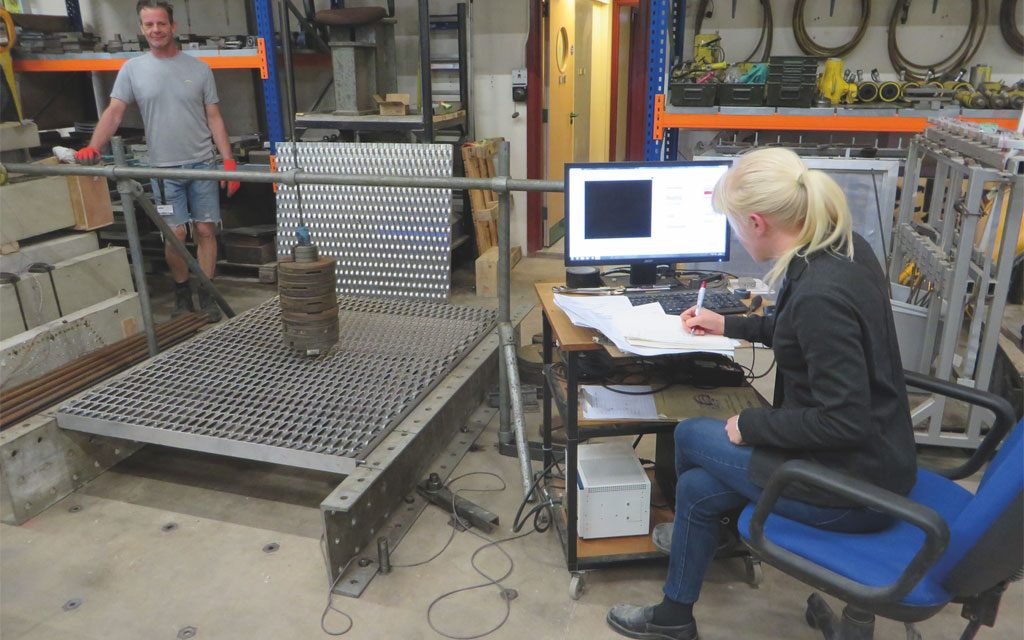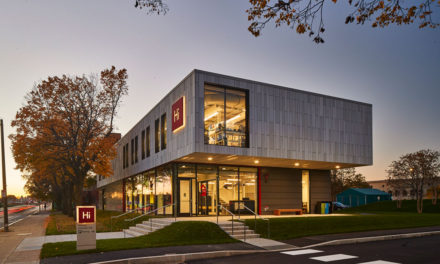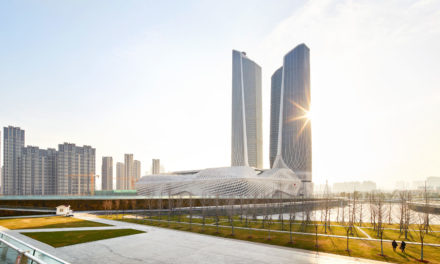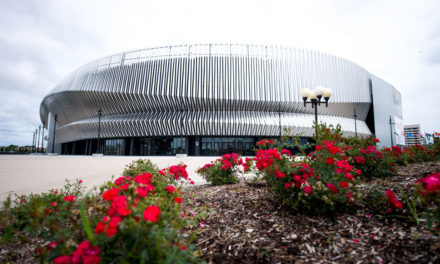Three-year Academic Project Advances and Accelerates More Appropriate Building Methods
Cambridge, UK, and Los Angeles; 24 July 2018 – International building design engineering firm. Newtecnic, and the Engineering Department at the University of Cambridge (UK), have completed a 3-year knowledge transfer partnership (KTP) to develop a new generation of components, load bearing connections and associated design methods for composite concrete building facades.
Following this initial project, Newtecnic is continuing and expanding the work in its recently formed Cambridge R&D office and in the US through partnerships with the University of Texas at Austin, and UCLA.
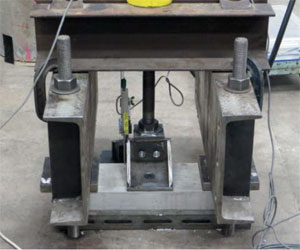
Pull out test procedure – cast in socket fixing
The partnership addressed the need for new building products and manufacturing and installation methods for complex building envelopes. It has enabled invention and innovation in design and testing of components and connections for fibre-reinforced and ultra-high-performance concrete facades on real-world building projects. These include the Zaha Hadid designed Central Bank of Iraq and Grand Theatre de Rabat, Istanbul’s City Museum designed by Salon Architects, as well as other projects in Turkey, Algeria, and Saudi Arabia.
The research covered: fast nonlinear analysis (FNA), finite element analysis, design assisted by testing, bonding of structural elements, wind tunnel procedures, glass structural design, fatigue due to wind action, localized stress concentration, concrete static fatigue and testing of connections. Workflows and methods for testing have now been developed for these factors.
Newtecnic CEO Andrew Watts said, “By applying peer reviewed academic rigour to the development of new methods for testing concrete facade components, assemblies and connections, our objectives have been fully met. Investing in 3 years of intensive research means we can now very quickly apply standard tests to understand and verify components for fatigue and wind load over time on any project. This will save time on all existing and future projects. With this new system of advanced processes, we can efficiently accelerate the productivity of better solutions for advanced, exciting but affordable projects around the world.”
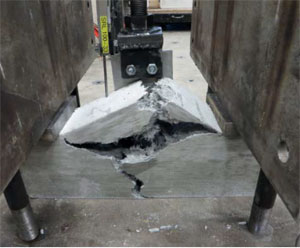
Point of maximum force applied
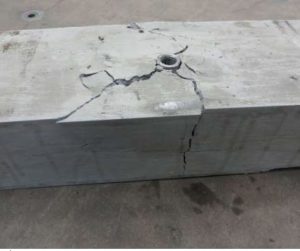
Because the knowledge gained through this partnership allows projects to be developed based on the real physical behavior of components Newtecnic can design engineer more ambitious and complex building enclosures that are lighter, stronger and precisely quality assured.
Dr Mauro Overend, director of the Glass & Facade Technology Research Group at the University of Cambridge, and the KTP Principal Investigator, said, “Conducting this work almost exclusively from first principles means that the construction industry now has access to newly discovered knowledge and know-how. This provides opportunities for companies to overcome the limitations of existing standards and to engineer complex freeform building envelopes is a safe and resource efficient manner.”

